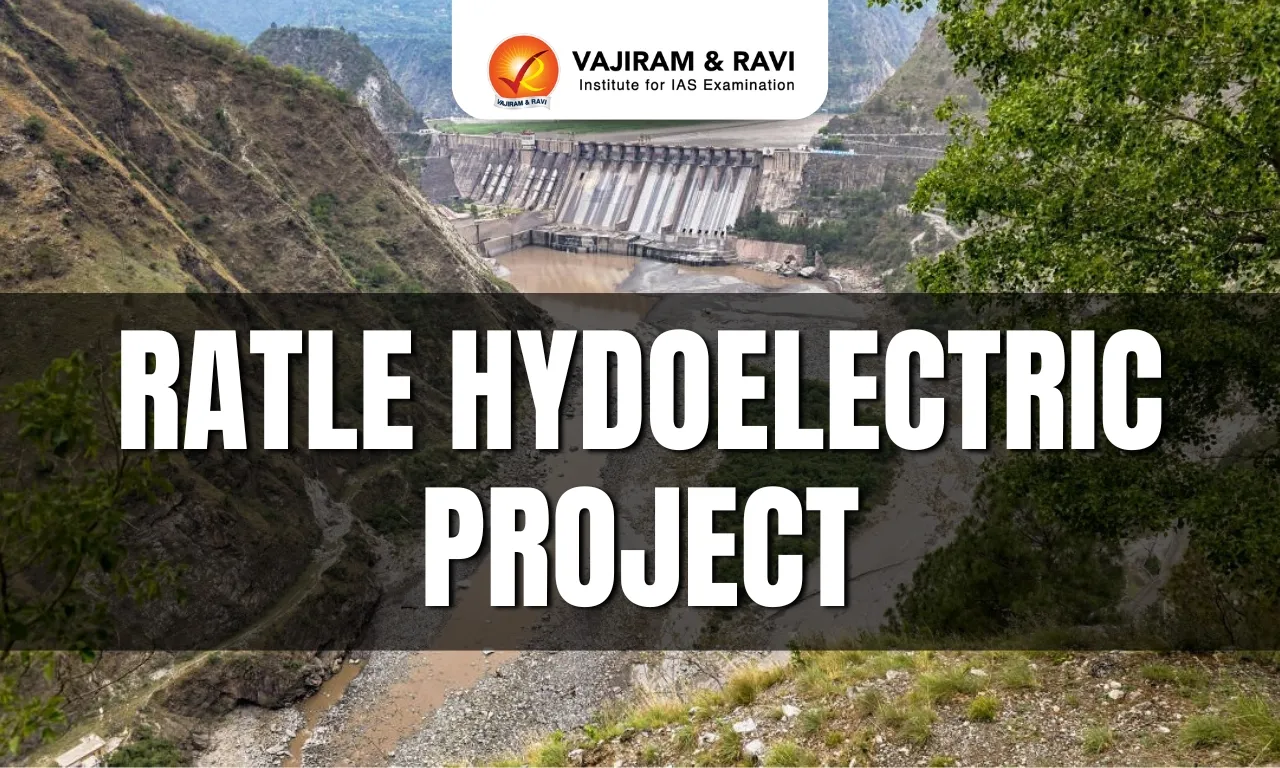About Green India Mission:
- National Mission for a Green India (GIM) is one of the eight Missions under the National Action Plan on Climate Change (NAPCC).
- GIM was launched in the year 2014 as a Centrally Sponsored Scheme.
- Aim: To respond to climate change by a combination of adaptation and mitigation measures, which would help:
- enhance carbon sinks
- adaptation of vulnerable species/ecosystems to the changing climate
- adaptation of forest-dependant communities
- Objectives:
- Increased forest/tree cover on 5 million hectares (mha) of forest/non-forest lands and improved quality of forest cover on another 5 mha (a total of 10 mha).
- Improved ecosystem services including biodiversity, hydrological services and carbon sequestration as a result of treatment of 10 mha.
- Increased forest-based livelihood income of about 3 million households living in and around the forests.
- Enhanced annual CO2 sequestration by 50 to 60 million tonnes in the year 2020.
- The Mission has clear targets for different forest types and ecosystems.
- Activities under Green India Mission will be implemented under convergence with Mahatma Gandhi National Rural Employment Guarantee Act (MGNREGA), Compensatory Afforestation Fund Management and Planning Authority (CAMPA) and the National Afforestation Programme (NAP).
Q1) What are the missions under National Action Plan on Climate Change (NAPCC)?
The National Action Plan on Climate change was formally launched on June 30th, 2008. The eight missions under NAPCC are National Solar Mission, National Mission for Enhanced Energy Efficiency, National Mission on Sustainable Habitat, National Water Mission, National Mission for Sustaining the Himalayan Ecosystem, National Mission for a Green India, National Mission for Sustainable Agriculture, National Mission on Strategic Knowledge for Climate Change
Source: States fall short of targets to improve forest cover, quality
Last updated on December, 2025
→ Check out the latest UPSC Syllabus 2026 here.
→ Join Vajiram & Ravi’s Interview Guidance Programme for expert help to crack your final UPSC stage.
→ UPSC Mains Result 2025 is now out.
→ UPSC Notification 2026 is scheduled to be released on January 14, 2026.
→ UPSC Calendar 2026 is released on 15th May, 2025.
→ The UPSC Vacancy 2025 were released 1129, out of which 979 were for UPSC CSE and remaining 150 are for UPSC IFoS.
→ UPSC Prelims 2026 will be conducted on 24th May, 2026 & UPSC Mains 2026 will be conducted on 21st August 2026.
→ The UPSC Selection Process is of 3 stages-Prelims, Mains and Interview.
→ UPSC Result 2024 is released with latest UPSC Marksheet 2024. Check Now!
→ UPSC Prelims Result 2025 is out now for the CSE held on 25 May 2025.
→ UPSC Toppers List 2024 is released now. Shakti Dubey is UPSC AIR 1 2024 Topper.
→ UPSC Prelims Question Paper 2025 and Unofficial Prelims Answer Key 2025 are available now.
→ UPSC Mains Question Paper 2025 is out for Essay, GS 1, 2, 3 & GS 4.
→ UPSC Mains Indian Language Question Paper 2025 is now out.
→ UPSC Mains Optional Question Paper 2025 is now out.
→ Also check Best IAS Coaching in Delhi

















